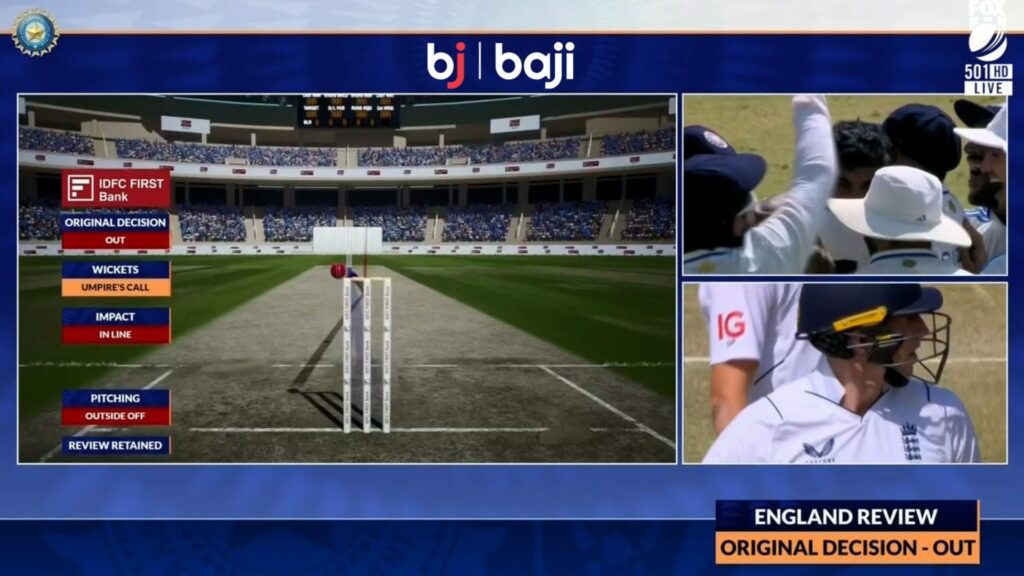
Tempers flare as England skipper Ben Stokes calls for scrapping the Umpire’s Call in DRS after Zak Crawley’s dismissal in the India series. Dive into the controversy, Stokes’ arguments, and the potential impact on the future of cricket umpiring.
The ongoing India-England Test series witnessed another twist, this time sparked by a contentious decision involving the Decision Review System (DRS) and the Umpire’s Call. Opener Zak Crawley’s dismissal in the second innings triggered a passionate reaction from captain Ben Stokes, who demanded the removal of the Umpire’s Call from the DRS system altogether.
Why the Outrage? Understanding the Controversy:
- Close Call: Crawley was adjudged LBW by the on-field umpire, with replays showing the ball clipping the top of the leg stump. However, the DRS indicated the margin of error was within the Umpire’s Call, upholding the on-field decision.
- Stokes’ Fury: Frustrated by the decision, Stokes argued that if the ball hits the stumps, it should be out regardless of a marginal call. He believes the Umpire’s Call creates confusion and undermines the objectivity of the DRS.
Beyond Crawley’s Dismissal: Broader Concerns & Possible Impact:
- Unpredictability: The Umpire’s Call introduces an element of human judgement into a technology-driven system, leading to inconsistency and debate.
- Pressure on Umpires: Umpires face immense pressure with the Umpire’s Call, potentially influencing their on-field decisions.
- Future of DRS: Stokes’ criticism raises questions about the future of DRS and its role in ensuring fair umpiring decisions.
Conclusion:
The latest controversy has reignited the debate surrounding the Umpire’s Call in DRS. While opinions remain divided, Stokes’ strong stance has drawn attention to potential shortcomings of the system. Will his call lead to changes in the DRS or will the Umpire’s Call remain a part of the cricketing landscape? Only time will tell the final verdict on this ongoing drama.
